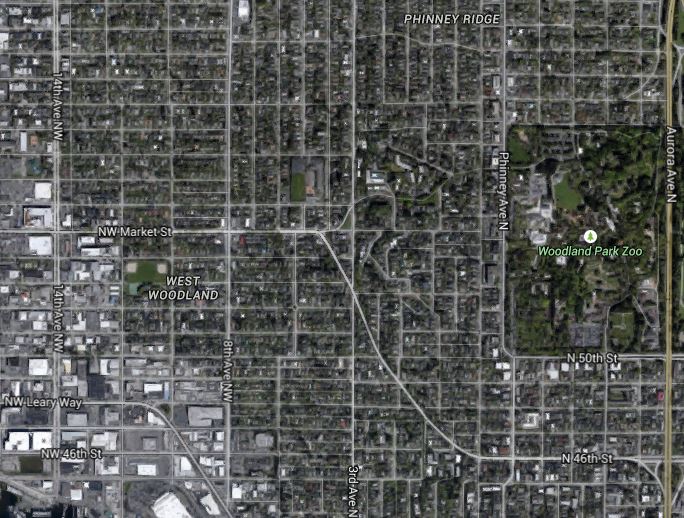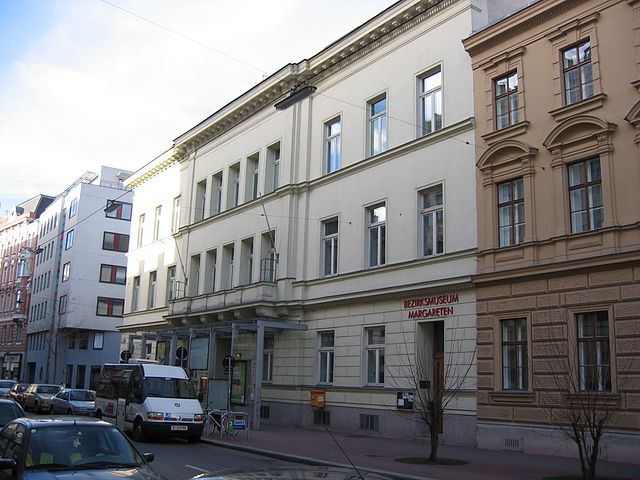Since the release of the Housing Affordability and Livability Agenda (HALA) Committee recommendations, there has been much speculation on what diversifying the single-family zones means, and if duplexes and triplexes are, ‘too much’. I don’t think even this nominal increase in density will do much to reduce the ‘economic apartheid‘ (and racial composition) of the status quo, but it’s a step in the right direction for once.
There has been a lot of…shall we say, hyperventilating, about protecting the single-family zones and way too many discussions centering around allowing more detached accessory dwelling units (DADUs) as the ‘compromise‘ to allowing modest duplexes and triplexes. It’s absolutely true that backyard cottages are a better utilization of single-family lots than a detached house. They’re a really interesting typology worth promoting and they could make a property more productive for owners. But it is farcical to argue they’re a practical solution to Seattle’s housing shortage. The reality is that they will, at best, play a very minor role in providing additional housing stock.

If DADUs are to play any role, however, they will require a complete removal overly restrictive regulations. This means adopting all of the HALA recommendations for backyard cottages:
- Removing the parking requirement;
- Removing the ownership occupancy requirement allowing both units to be rented
- Allowing both an ADU and a DADU per lot (hey, essentially a triplex!); and
- Loosening development standards like height limits, setbacks, and maximum square footage.
The HALA report estimates doing all of this will “boost production of ADUs and DADUs to levels in the range of 5% or more of all single family lots within 10 years, which could produce 4,000 or more new homes.”
Disregarding the history from a few years ago where neighborhood groups actually went out of their way to try and prevent Seattle’s DADU regulations from even being adopted, it’s unclear whether or not all the recommendations will be successful. Seattle is presently only averaging about 30 backyard cottages a year–less than a single microhousing project. For a bit of context, we need only turn to Vancouver, BC–the North American holy grail of DADU liberalization. According to Brent Toderian, a renowned Canadian planner, Vancouver, BC is only building a whopping 320 DADUs per year. And that’s in a city replete with higher rents to justify the mortgages.
Assuming Seattle can somehow double Vancouver’s productivity rate, it would still take more than 62 years to produce 40,000 DADUs within the city, as suggested recently by Bill Bradburd, a prominent candidate for Seattle City Council. Exactly how far in the hole Seattle will be on housing at that point, with another sixty years of exclusionary zoning, isn’t clear. But what is clear is that ‘neighborhood activists’ are pushing DADUs as the sole compromise for additional dwelling units in single-family zones, and for the following reasons:
- They know it will do very little to address the city’s housing deficit.
- It gives the appearance of compromise without really being any kind of compromise at all.
- It keeps 49% of the city’s rampant exclusionary zoning perfectly intact while their neighborhoods remain ‘stable’.
Given the contentious history of implementing backyard cottage policies, I find it highly dubious that neighborhood groups won’t fight the HALA DADU recommendations. It’s especially unlikely that all of the committee’s recommendations will be implemented, which doesn’t bode well for higher DADU housing numbers. The overarching question, then, is how much harder will it be to develop anything down the road by keeping half of the city’s land effectively off limits for new housing options over the course of another 60 years? More importantly, how lacking in vision and devoid of creativity is it to suggest a nonsensical, ineffective approach that would affect 25% of all single-family lots for a paltry 40,000 dwelling units (over 63 years!)?
Instead, why not just rezone 7% of all single-family lots to be rebuilt as densely as, say, Vienna’s Margareten? That Viennese district is home to 70,00 residents per square mile. Using the Vienna approach here would add nearly five times as many dwelling units in a significantly smaller time span and area.

Confounding, no?
Mike is the founder of Larch Lab, an architecture and urbanism think and do tank focusing on prefabricated, decarbonized, climate-adaptive, low-energy urban buildings; sustainable mobility; livable ecodistricts. He is also a dad, writer, and researcher with a passion for passivhaus buildings, baugruppen, social housing, livable cities, and car-free streets. After living in Freiburg, Mike spent 15 years raising his family - nearly car-free, in Fremont. After a brief sojourn to study mass timber buildings in Bayern, he has returned to jumpstart a baugruppe movement and help build a more sustainable, equitable, and livable Seattle. Ohne autos.


